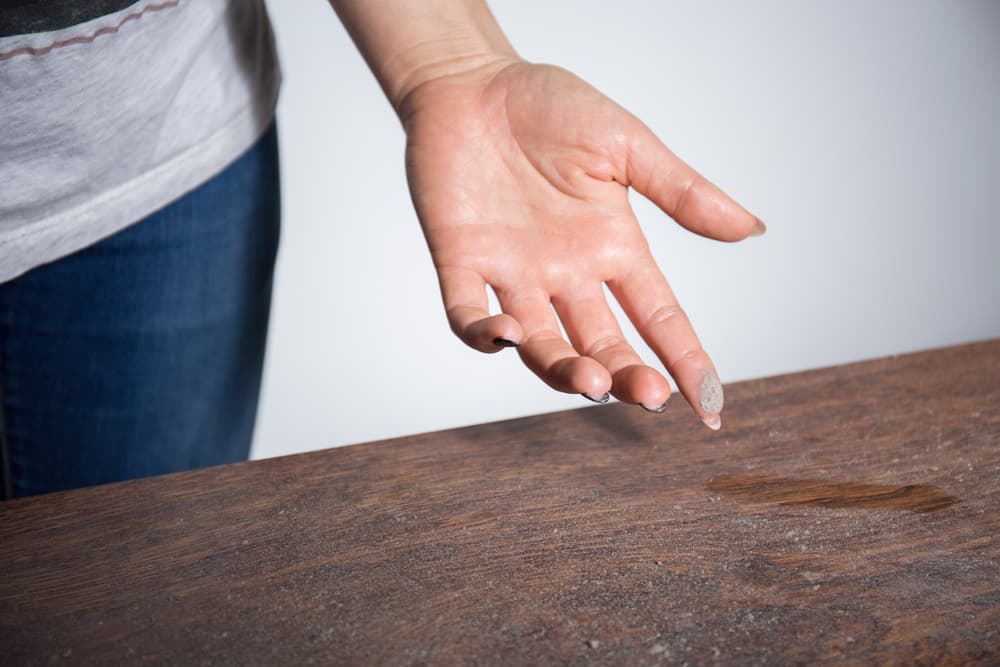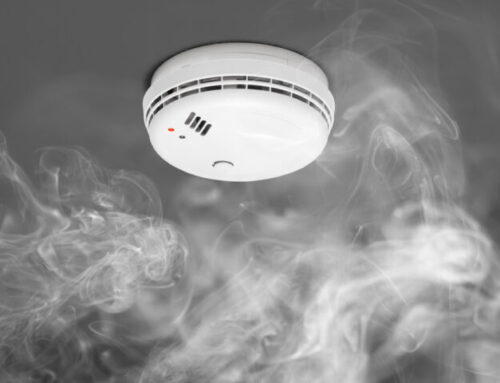There are airborne contaminants in every home. It’s impossible to eliminate them outright due to the way the atmosphere indoors and the materials exposed to the air are constantly undergoing bacterial changes. These effects can include air moisture content fluctuations, age, microscopic pests, chemical off-gassing, and much more, though older homes are typically much more at risk of harbouring unsafe levels of indoor air quality contaminants. These comprise of biological and chemical variants.
Today, let’s list the ones you should be the most aware of, all of which can be effectively identified with a professional building air quality test.
Dust
Dust mites are microscopic, living organisms that can feed off animal and human dander. This is why it’s important to clean your home on a regular basis, as we shed many meals for them to enjoy every day. They thrive in moist environments with 60 percent relative humidity or more. Additionally, dust mites excrete faeces that are actually an airborne particulate that we can inhale. This can be particularly unhealthy for those with dust allergies.
Dander
As noted, dander is a popular food for dust mites, but on its own, it can also reduce your air quality. Many individuals are allergic to pet dander as it contains unique chemical compounds that can react negatively if someone is sensitive to them. Comprising of dead skin cells that are shed and dispersed into the air, dander acts as bait for dust mites and should be minimized with both good hygiene and regular home interior cleanings.
Lead
This is a big one, particularly if your home was built before 1960. Back then, lead was popular in everything from paint to plumbing, which usually means that older homes are full of the toxic metal. Lead poisoning is possible if you live in a lead-rich environment and constantly breathe in the chemical contaminants dispersed into the air. Always be proactive and eliminate as much lead from your home as possible – doing so can literally save your life in the long run.
Mold
Mold is a highly toxic fungi that can introduce a wide array of health problems, particularly with the lungs. Growth is attributed to airborne spores that fester and spread in overly moist environments. Inadequate, wet, or worn-out insulation can cause moisture spikes, as can ineffective indoor humidity control and air leakage.
There are many other airborne contaminants to watch out for including asbestos, chemical off-gassing from combustion appliances, pollen, and more. To get help in figuring out just what’s hiding in your home’s airflow, contact us at Indoor Air Quality Ottawa for a comprehensive inspection. Then, make an informed decision on how best to tackle any issues found.







